
The National Library of South Africa is the agency of the government of South Africa which maintains a national library of all published materials relating to the country.

Nakuru is a city in the Rift Valley region of Kenya. It is the capital of Nakuru County, and is the third largest urban area in Kenya. As of 2019, Nakuru has an urban population of 570,674, making it the largest urban centre in the Rift Valley, succeeding Eldoret, Uasin Gishu County. The city lies along the Nairobi–Nakuru Highway, 160 kilometres (99 mi) from Nairobi.

Kenyatta University (KU) is a public research university with its main campus in Nairobi. It acquired the status of university in 1985, being the third university after University of Nairobi (1970) and Moi University (1984). As of October 2014, it was one of 23 public universities in the country.
Education in Kenya refers to the education system in Kenya. It is considered a basic right that should be offered to every individual. Education in Kenya predates to as early as the 18th century among the Swahili people. The earliest school was established by missionaries in Rabai. During the colonial era, the number of Kenyans with exposure to education steadily increased and a good number of them were privileged to proceed abroad for further education.
Kenyan Sign Language is a sign language is used by the deaf community in Kenya and Somalia. It is used by over half of Kenya's estimated 600,000 deaf population. There are some dialect differences between Kisumu, Mombasa and Somalia.

The National Library of Colombia is a national library located in Bogota, Colombia. The library is a dependency of the Colombian Ministry of Culture.
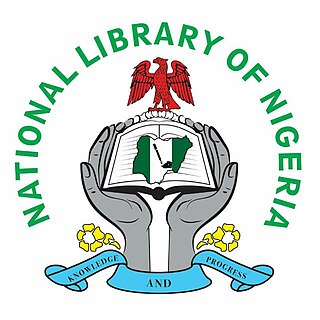
The National Library of Nigeria came into operation in the mid-1960s with the enactment of the National Library Act of 1964 which was later replaced by Act No. 29 of 1970. Prior to the passage of the National Library act, a series of educational conferences conducted in Ibadan served as the intellectual basis for the creation of a network of libraries funded by the federal government to provide accessibility of educational materials to Nigerians. A government advisory committee was later created in respect to the necessity to develop a local repository of knowledge. The committee was charged with finding a way to aid the government in bringing to prominence the intellectual foundations of its policies, creation of a national bibliographic center and to provide an arena for the promotion of knowledge. The committee was the first major formal body that called for a National Library as part of its recommendations. The government accepted the demands of the advisory committee and undertook the necessary steps to build a National Library.

The National Library of Uganda was established by an Act of Parliament in 2003, replacing the Public Libraries Board itself established in 1964.

Indians in Kenya, often known as Kenyan Asians, are citizens and residents of Kenya with ancestral roots in the Indian subcontinent. Significant Indian migration to modern-day Kenya began following the creation of the British East Africa Protectorate in 1895, which had strong infrastructure links with Bombay in British India. Indians in Kenya predominantly live in the major urban areas of Nairobi and Mombasa, with a minority living in rural areas.

The National Library of Albania is Albania's national library headquartered in the country's capital, Tirana. It was founded in 1920 and inaugurated on December 10, 1922.

Jomo Kenyatta University of Agriculture and Technology (JKUAT) is a public university that is situated in Juja, 36 kilometres northeast of Nairobi, along the Nairobi-Thika SuperHighway, off Exit 15. It offers courses in Technology, Engineering, Science, Commerce, Management and Building sciences. The university has a strong research interest in the areas of biotechnology and engineering. Notable alumni include Dr. Paul Chepkwony, the first governor of Kericho County in Kenya and a former lecturer, Emma Miloyo, a prominent Kenyan architect and the first female president of the Architectural Association of Kenya, as well as Aden Duale, the former Leader of Majority in the 11th Kenyan Parliament among others.
The following is a timeline of the history of the city of Nairobi, Kenya.

Many terrorist attacks have occurred in Kenya during the 20th and 21st centuries. In 1980, the Jewish-owned Norfolk hotel was attacked by the Palestine Liberation Organization (PLO). In 1998, the US embassy was bombed in Nairobi, as was the Israeli-owned Paradise hotel in 2002 in Mombasa. In 2013, the Somali jihadist group al-Shabaab killed 67 people at Nairobi's Westgate Shopping Mall. There have also been many other attacks.
The following is a timeline of the history of the city of Mombasa, Coast Province, Kenya.
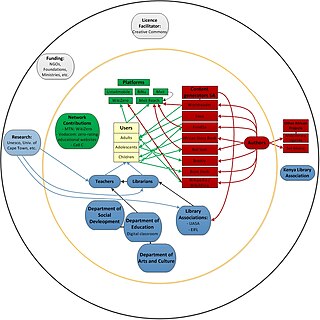
Mobile literacy in South Africa refers to informal education initiatives that support literacy and digital fluency using mobile devices, especially mobile phones. It is also known by the abbreviation mLiteracy.
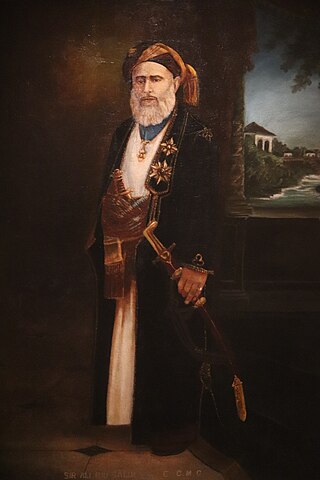
Sir Ali bin Salim al-Busaidi was a prominent Arab figure in the Kenyan colonial history. He is also a member of the Al Busaid family that ruled East Africa in the 19th century. His father was the governor of Malindi and then transferred to Mombasa in the late 19th century. Sir Ali al-Busaidi defended the rights of the Arabs in the British colony of Kenya. He established the Seif Bin Salem Library in Mombasa. He played a leading role in establishing the first Arab school in 1912. He also founded another school His name was named in (Malindi).
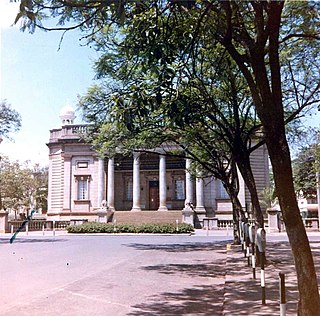
The McMillan Memorial Library is a public library situated in Nairobi, Kenya. It is the oldest library in Nairobi, and the second oldest in Kenya after the Seif bin Salim Library in Mombasa.
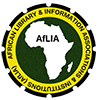
The African Library and Information Associations and Institutions (AfLIA), commonly referred to as AfLIA, is an international not-for-profit organization headquartered in Accra, Ghana. The Association is registered under the laws of Ghana as an NGO. It is managed under the general guidelines of its Constitution and by-laws.The Institution is currently being led by Dr. Helena Asamoah-Hassan as the Executive Director.
knls, Kibera Community Library is one of the 64 branches in the Kenya National Library Service network, it is located in Kibera which is one of the biggest impoverished settlements in Nairobi, Kenya. It is home to an estimated one million people covering an area of 2.5 square kilometres. The library was set up in 2012 by the Kenya National Library Service (knls) in partnership with Practical Action and Berkley Foundation (UK). Kibera Community Library is surrounded by over 25 primary schools, 4 secondary schools and a tertiary college.



















